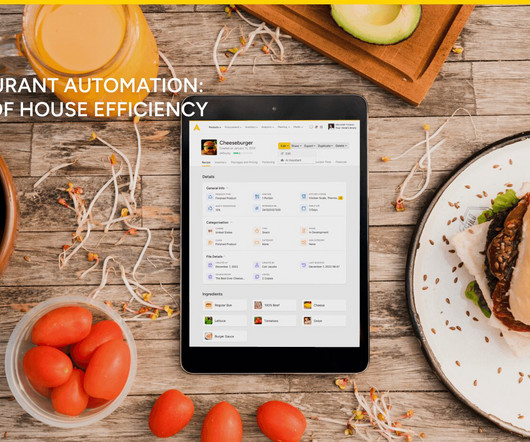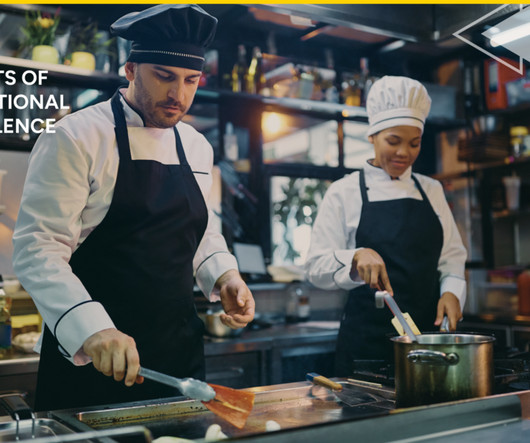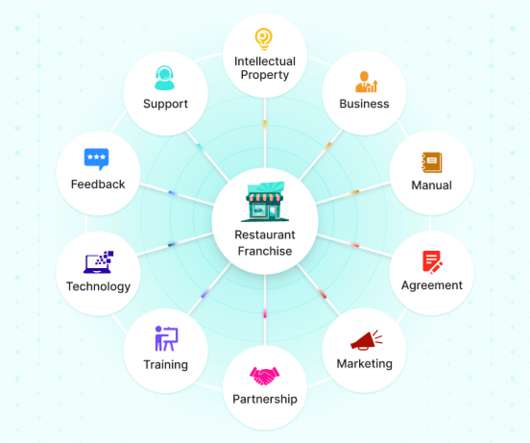Restaurant Bookkeeping: Comprehensive Guide to Master Bookkeeping
7 Shifts
MAY 1, 2024
They speed up your vouching process and help clear up any inconsistencies that could arise during the auditing process. This is one of your core restaurant management responsibilities, especially because you handle lots of inventory in and out of your kitchen daily, including the ingredients you use to prepare your menu.















Let's personalize your content